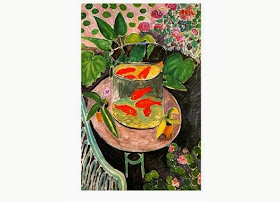 |
| learning about marine life at a YMCA naturalist in-service training, fall 2011 |
I came to teaching because I love to learn. I went from straight from my undergraduate studies at Valparaiso University to graduate school at Iowa State. My MFA program in Creative Writing and Environment at Iowa State emphasized not only the craft of writing but place, culture, geography, and ecology. This interdisciplinary approach led several members of my program to co-develop a
place-based composition class grounded in environmental literature and land stewardship.
Three years after completing my MFA I'm living in the Cascade Mountains, working at the most remote public school in the continental United States. The school serves
Holden Village, a community centered around a Lutheran wilderness retreat center built on the site of a former Copper Mine. The community celebrates ecology, theology, hospitality, community, hilarity, and rest. The school strives to "educate, equip, and empower students to be lifelong learners" (Holden School Mission Statement) and its instructors have a long history using place-based education and outdoor learning.
This year, I'm excited to be working on a regular basis with two precocious second graders, who I will call M & M (their chosen nicknames) for the purpose of protecting their privacy on this blog. I hope to use Washington's state science standards as a guideline to develop a curriculum that will evoke their curiosity and engage them in questioning, creative thought. I'm recording this curriculum online for our school, their families, for my own turnover file, for other educators curious about incorporating more place-based learning into their classroom. I'm also writing for my own development. I hope that by recording our work and reflecting on our days I can continue to evolve in my own pedagogical values.
































